Croatia is home to ten UNESCO World Heritage sites, each representing a unique aspect of the country’s rich cultural heritage. Seven of those sites are located in Croatia, whereas three are transnational sites. From ancient ruins and medieval castles to natural parks and protected islands, these sites showcase the diverse beauty and history of Croatia. In this article, we will explore all ten of Croatia’s UNESCO World Heritage sites in detail, including their history, things to do, and how to get there. We will also highlight nearby cities and attractions that are worth visiting while you’re in the area.
The Cathedral of St. James in Šibenik
The Cathedral of St. James in Šibenik is a stunning example of Renaissance architecture, built entirely of stone in the 15th and 16th centuries. The cathedral is known for its intricate stone carvings and sculptures, including the famous “Lion’s Head” portal and the chapel of St. John the Baptist. Inside, visitors can see the beautifully decorated choir, altar, and sacristy, as well as the treasury, which contains a collection of religious artifacts and artworks.
Things to do at the site:
- Tour the cathedral and admire the architectural details and artworks
- Climb to the top of the bell tower for panoramic views of Šibenik and the surrounding area
- Visit the nearby St. Michael’s Fortress, a well-preserved medieval castle with a rich history
How to get there:
The Cathedral of St. James is located in the center of Šibenik, a coastal city in central Dalmatia. The city is easily accessible by car, bus, or train from other major cities in Croatia, such as Zagreb, Split, and Dubrovnik.
Nearby cities and attractions:
- Split: a historic city known for its Roman ruins and lively atmosphere
- Krka National Park: a beautiful natural park with waterfalls and hiking trails
- Kornati National Park: a group of islands with clear blue waters and picturesque beaches
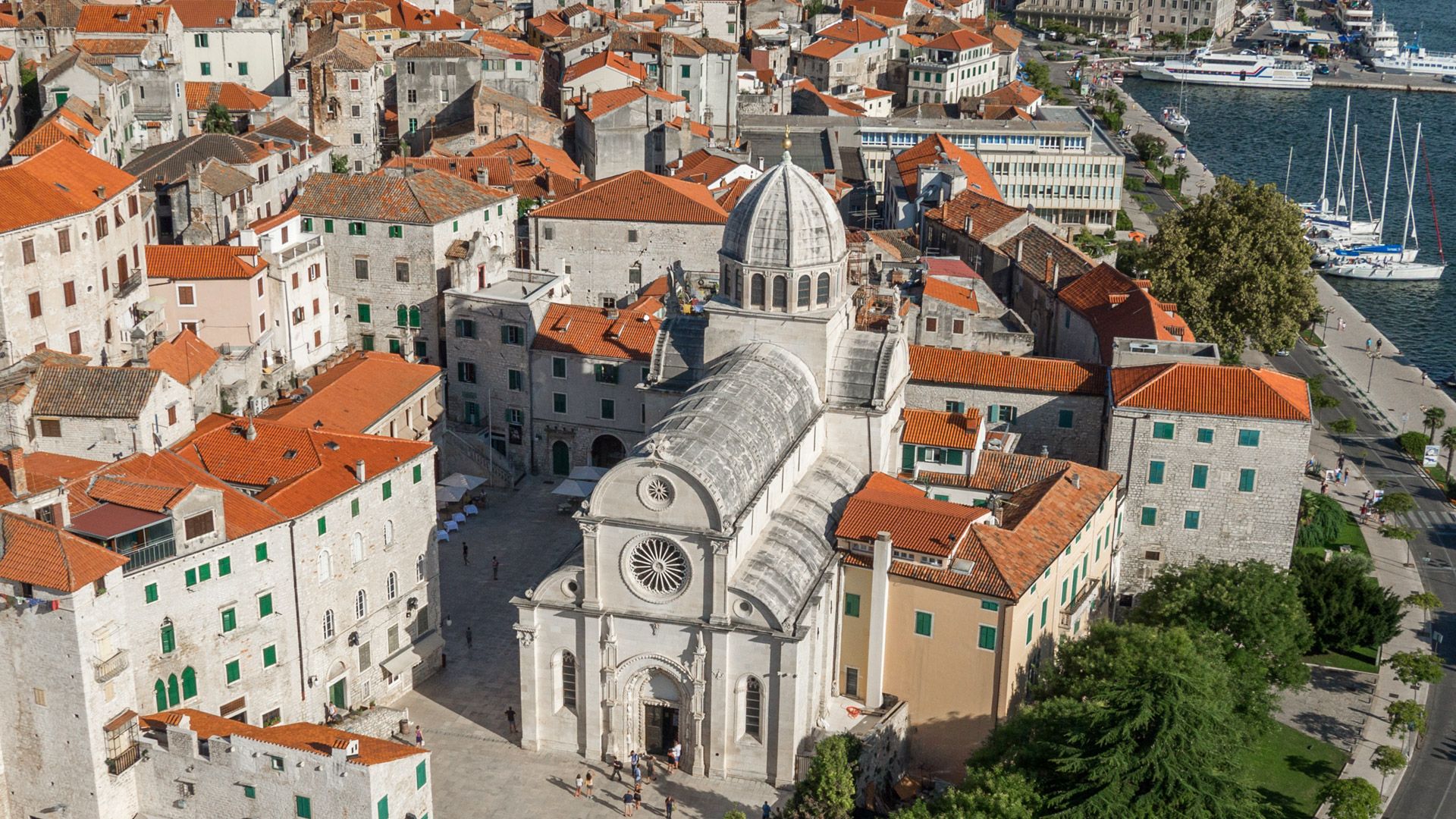
The Plitvice Lakes National Park
The Plitvice Lakes National Park is a stunning natural wonder, known for its series of interconnected lakes, waterfalls, and forests. The park is home to a diverse range of plant and animal life, including many rare and endangered species. Visitors can explore the park by walking along the wooden boardwalks that wind through the forest and along the lakes, or by taking a boat ride through the waterways.
Things to do at the site:
- Hike through the park and discover the beauty of the lakes, waterfalls, and forests
- Take a boat ride through the waterways and see the park from a different perspective
- Learn about the park’s history and the plants and animals that call it home at the visitor center
How to get there:
The Plitvice Lakes National Park is located in central Croatia, about halfway between Zagreb and Split. It is easily accessible by car, bus, or train from both cities.
Nearby cities and attractions:
- Rastoke: a small village with picturesque watermills and a charming atmosphere
- Karlovac: a historic city with a charming Old Town and many cultural and recreational activities
- Zagreb: the capital and largest city of Croatia, with a rich history and cultural scene
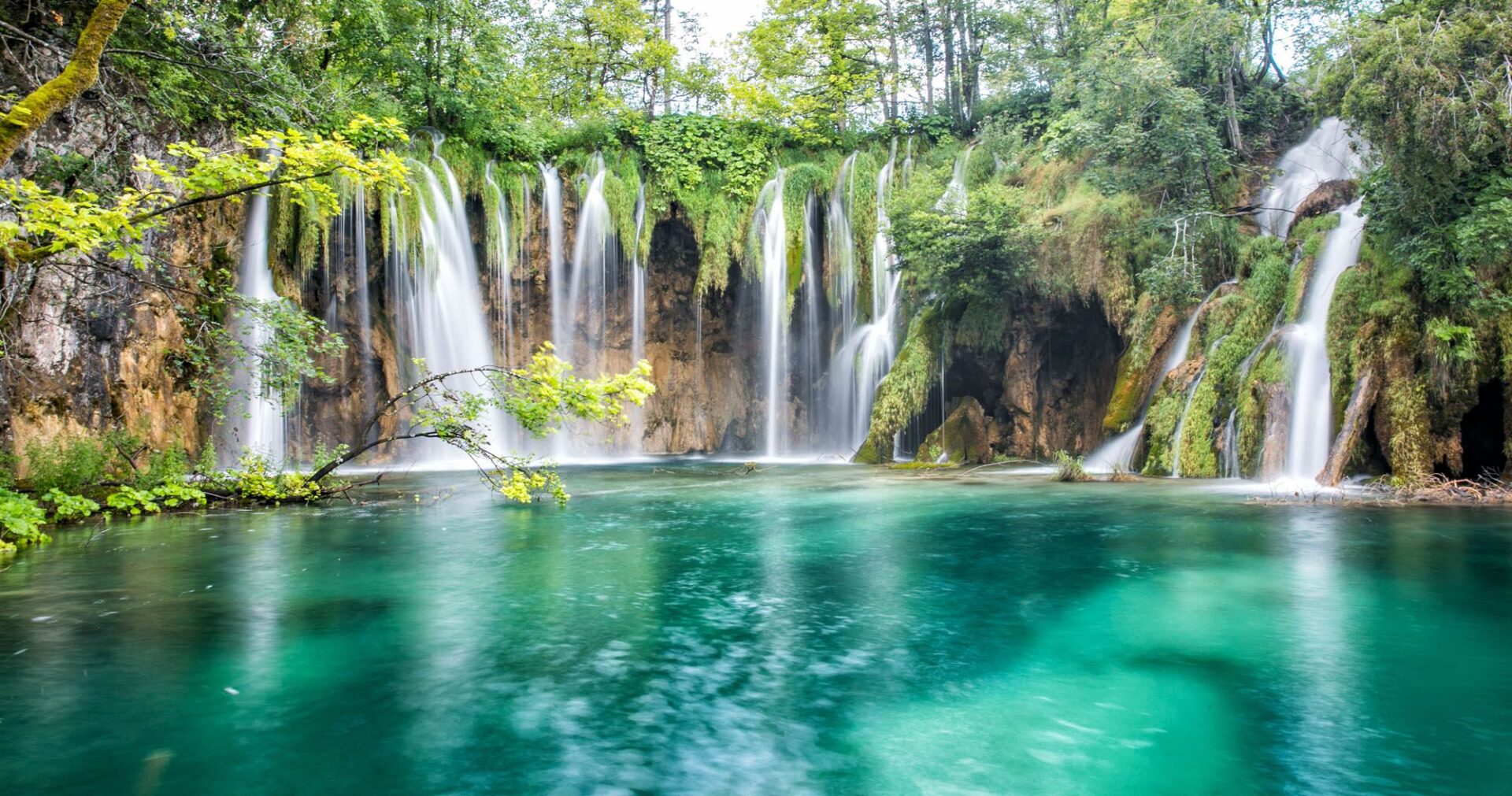
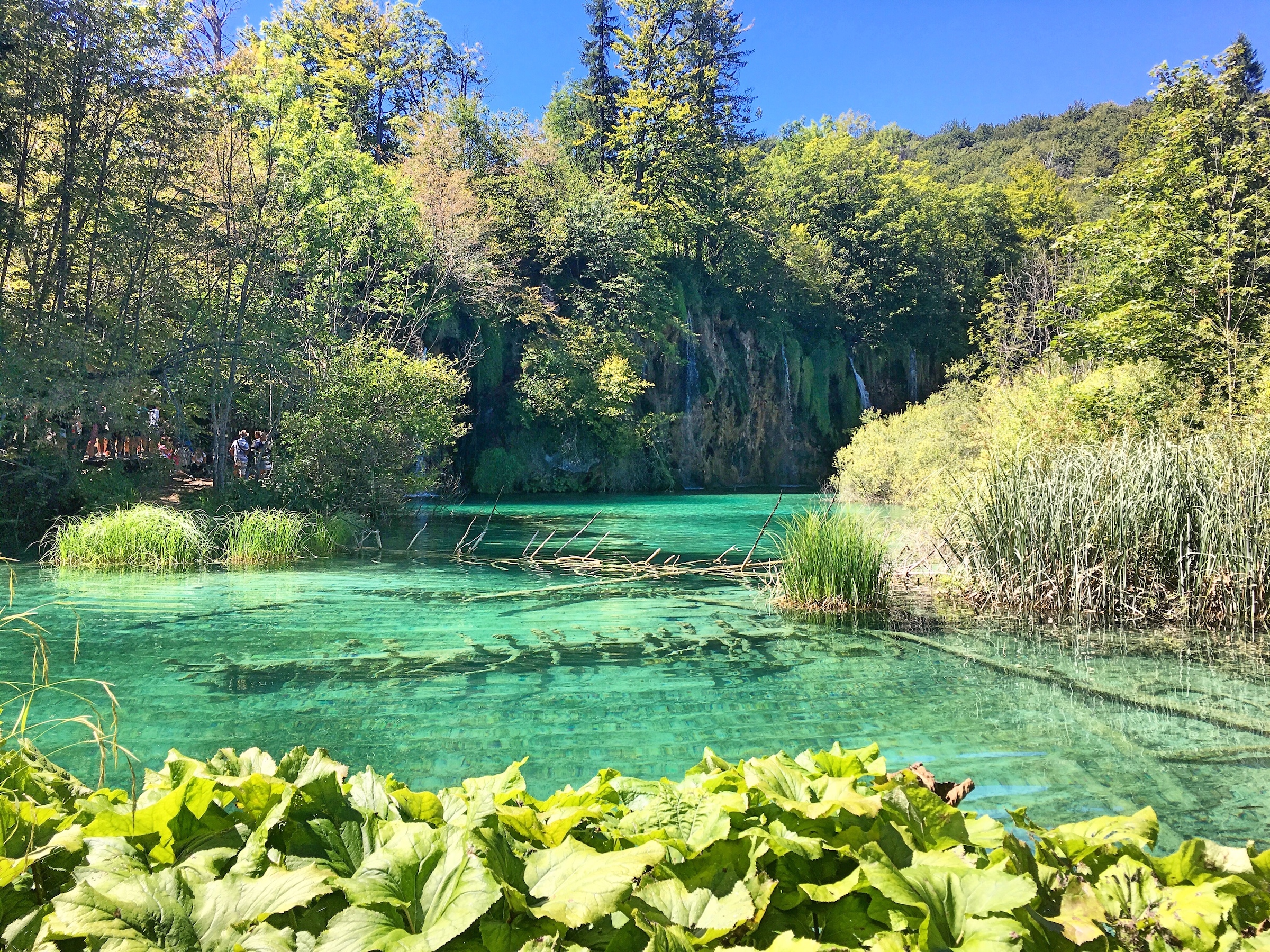
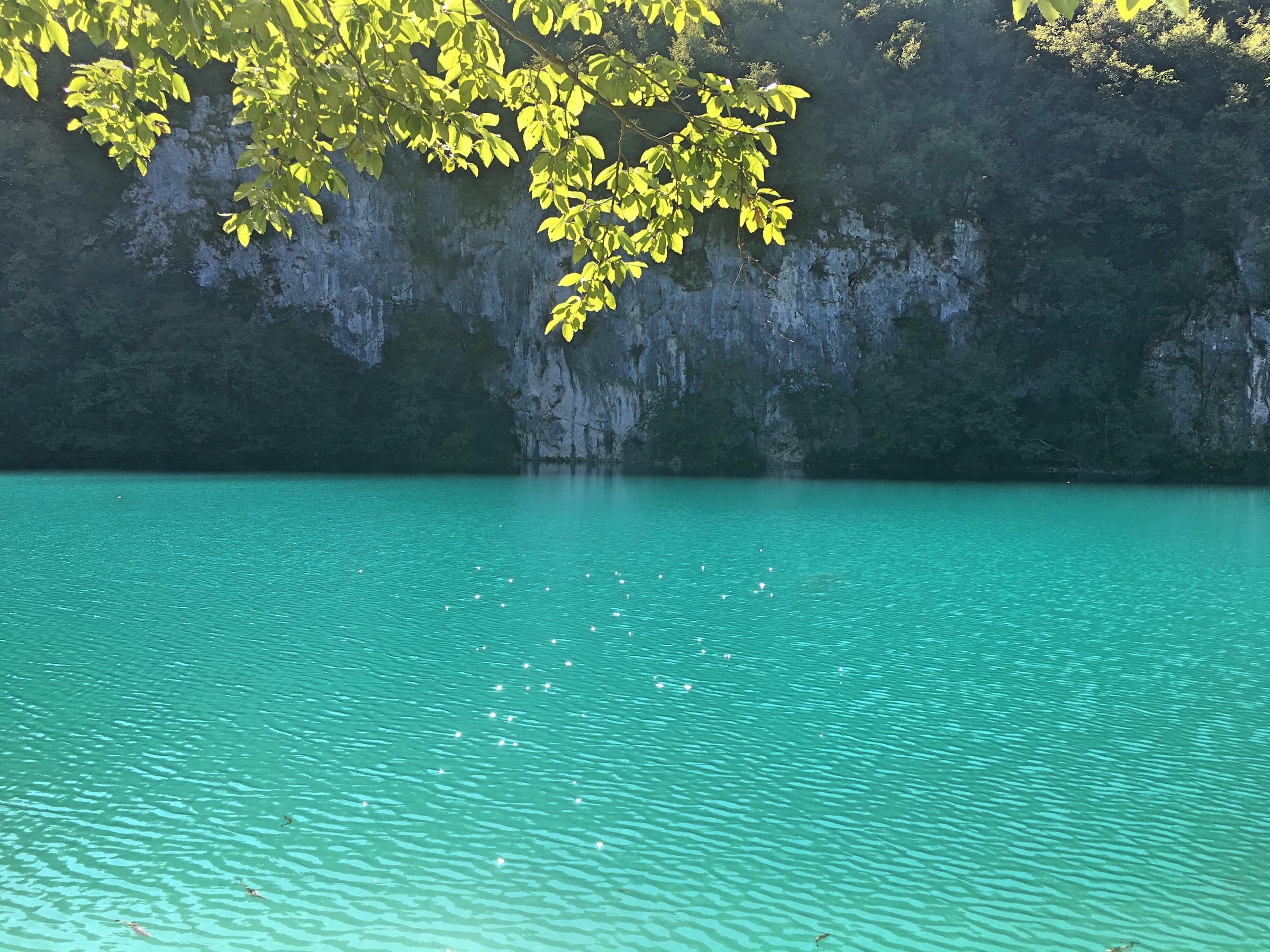
The Episcopal Complex of the Euphrasian Basilica in the Historic Center of Poreč
The Episcopal Complex of the Euphrasian Basilica in the Historic Center of Poreč is a UNESCO World Heritage site located in the city of Poreč on the Istrian Peninsula. The complex is made up of several important religious and cultural buildings, including the Euphrasian Basilica, the Bishop’s Palace, and the bell tower. The basilica is a stunning example of early Byzantine architecture, with beautiful mosaic floors and a rich history.
Things to do at the site:
- Tour the Euphrasian Basilica and admire the stunning mosaics and architectural details
- Visit the Bishop’s Palace, which now houses the Poreč City Museum
- Take a stroll through the charming streets of the historic center of Poreč and explore the city’s many shops, restaurants, and cultural attractions
How to get there:
Poreč is located on the western coast of the Istrian Peninsula, in the north of Croatia. It is easily accessible by car, bus, or train from other major cities in Croatia, such as Zagreb, Rijeka, and Split.
Nearby cities and attractions:
- Rijeka: the largest city on the Istrian Peninsula, with a rich history and a vibrant cultural scene
- Opatija: a popular seaside resort town known for its charming promenade and beautiful beaches
- Motovun: a medieval hilltop town with stunning views and a charming atmosphere
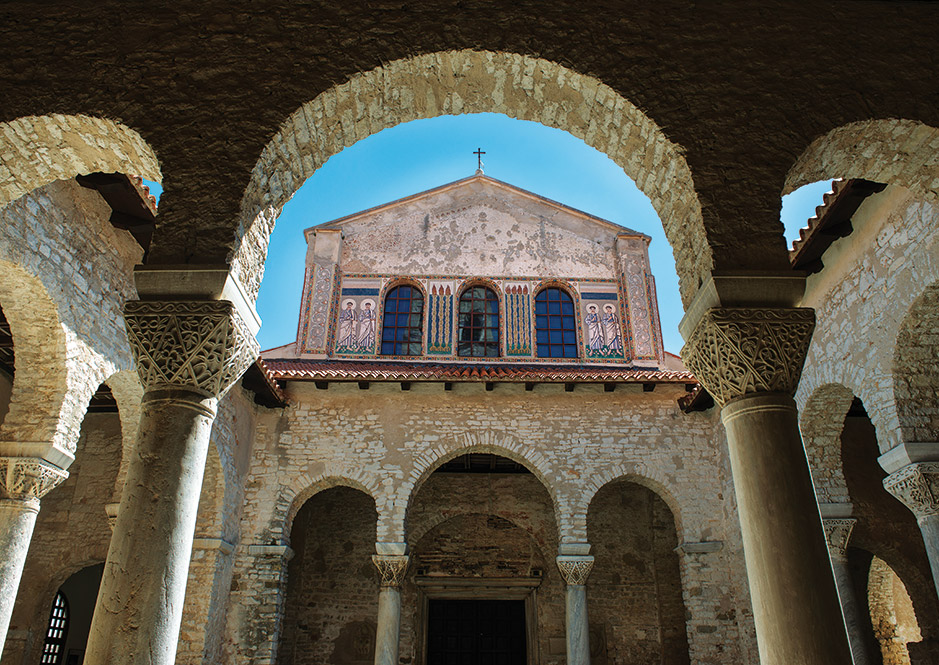
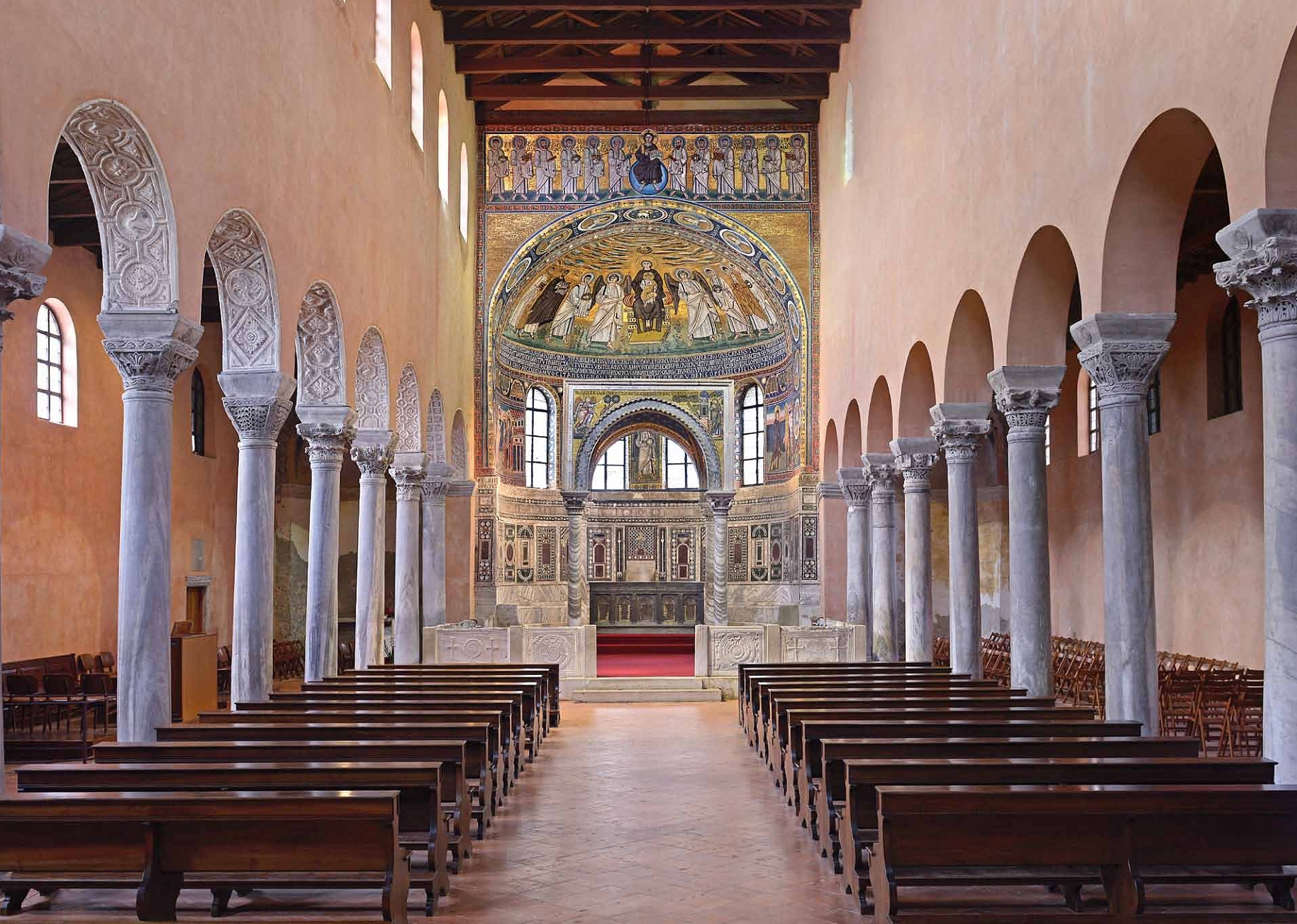
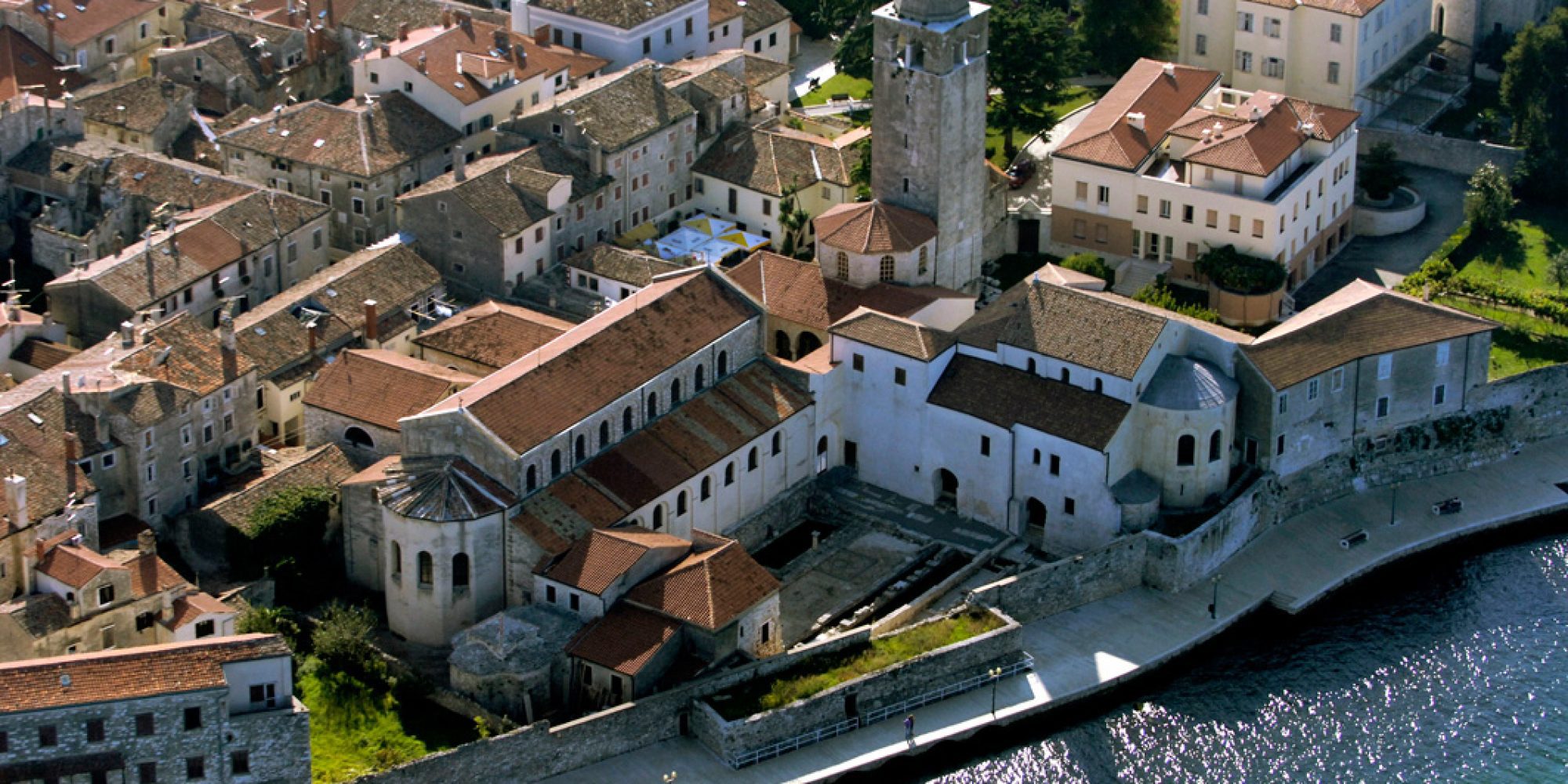
The Historic City of Trogir
he Historic City of Trogir is a UNESCO World Heritage site located on the Dalmatian Coast of Croatia. The city is known for its well-preserved medieval architecture, with narrow streets, charming squares, and a beautiful cathedral. The city’s history stretches back to ancient times, and it has been influenced by a variety of cultures over the centuries, including Roman, Byzantine, Venetian, and Croatian.
Things to do at the site:
- Explore the charming streets of the historic city center and admire the beautiful architecture
- Visit the Cathedral of St. Lawrence, a stunning example of Romanesque and Gothic architecture
- Take a stroll along the city’s seaside promenade and enjoy the views of the Adriatic Sea
How to get there:
Trogir is located on the central Dalmatian Coast of Croatia, about halfway between Split and Zadar. It is easily accessible by car, bus, or boat from other major cities in Croatia.
Nearby cities and attractions:
- Split: a historic city known for its Roman ruins and lively atmosphere
- Zadar: a city with a rich history and a beautiful seaside promenade
- Krka National Park: a beautiful natural park with waterfalls and hiking trails
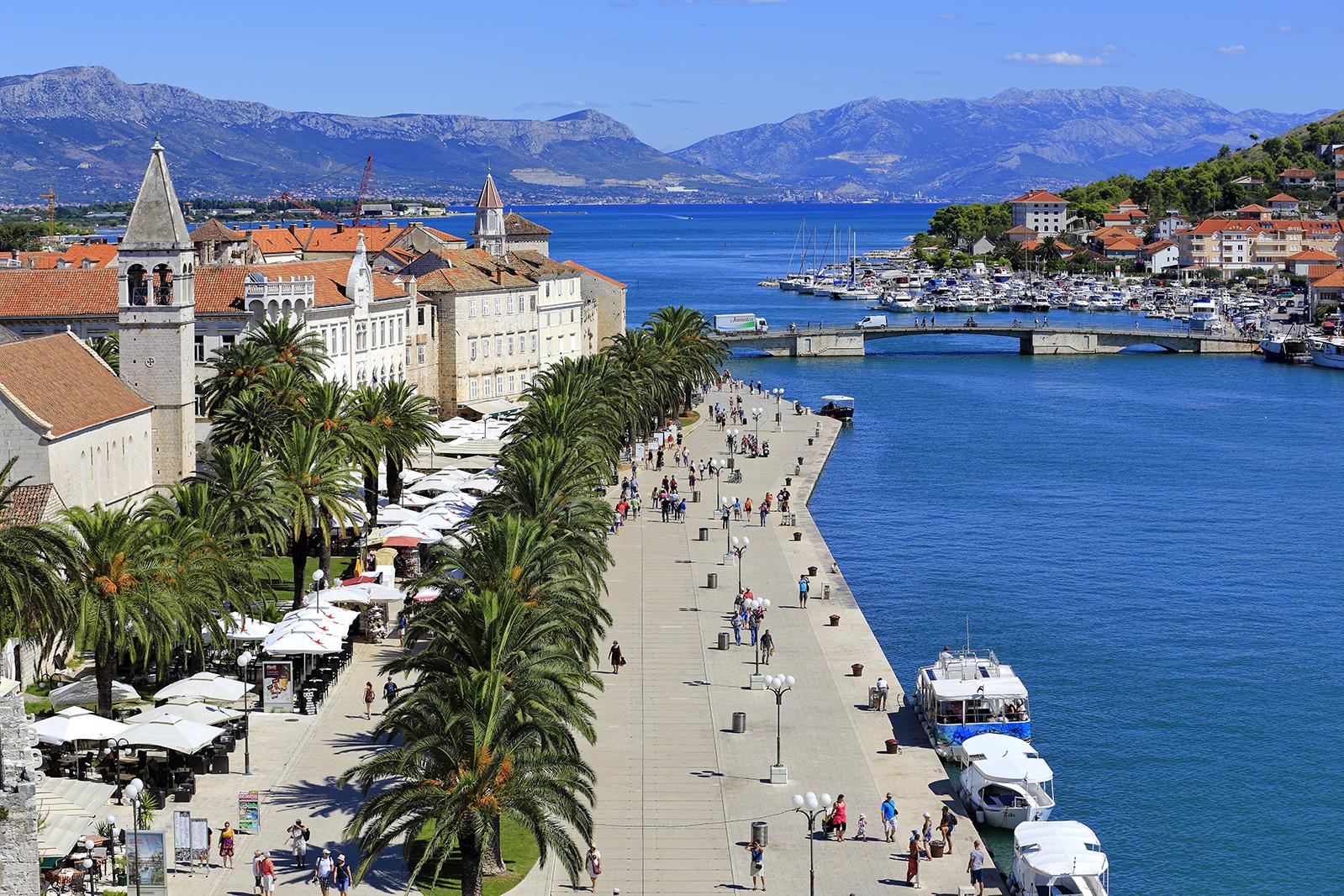

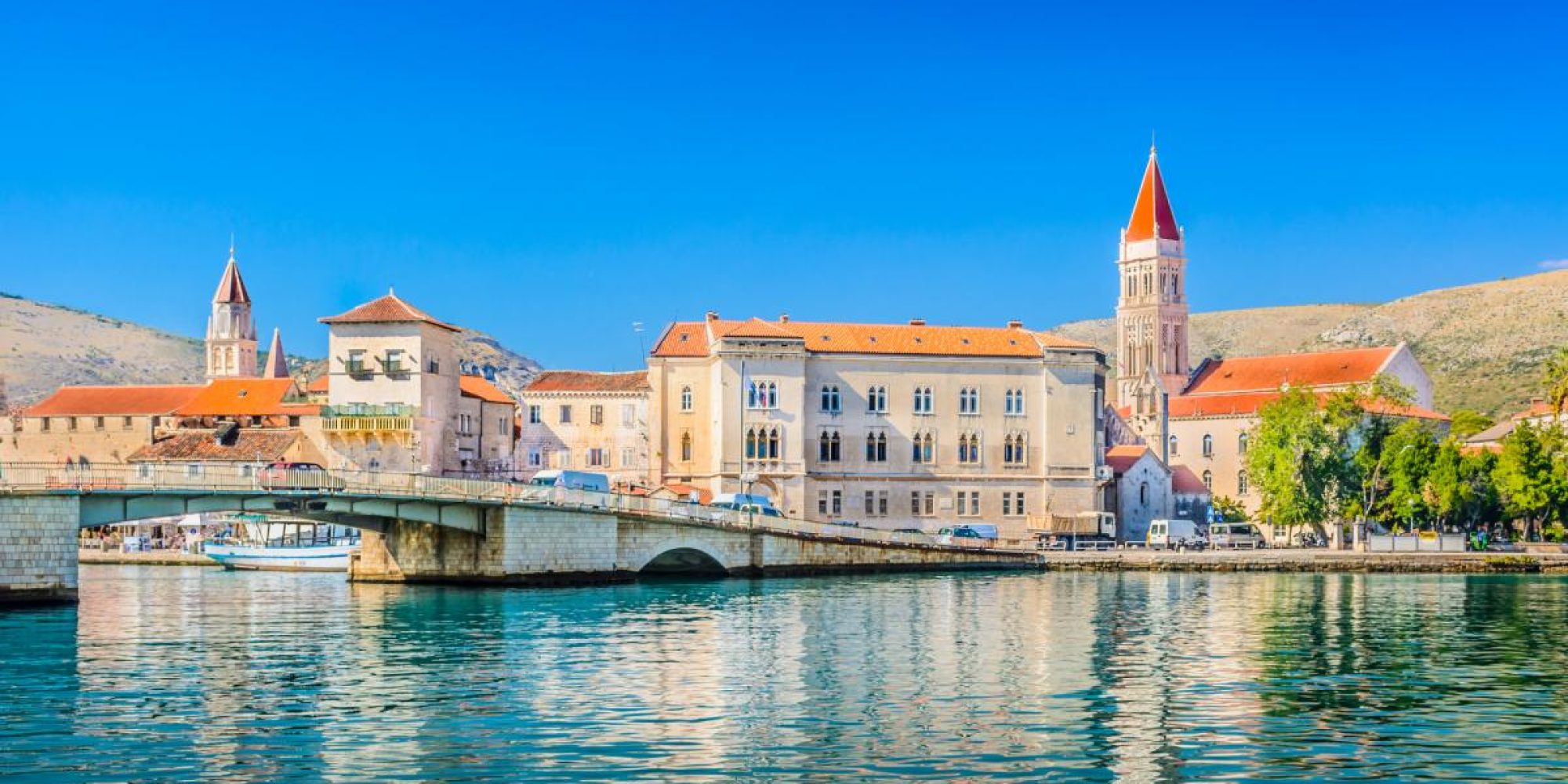
The Historic City of Dubrovnik
The Historic City of Dubrovnik is a UNESCO World Heritage site located on the southern Dalmatian Coast of Croatia. The city is known for its well-preserved medieval walls and stunning architecture, as well as its beautiful beaches and crystal-clear waters. Dubrovnik has a long and rich history, and it has been influenced by a variety of cultures over the centuries, including Roman, Byzantine, Venetian, and Croatian.
Things to do at the site:
- Walk along the city walls and enjoy panoramic views of Dubrovnik and the surrounding area
- Visit the Old Town and explore the charming streets and squares, filled with historic buildings and cultural attractions
- Relax on one of Dubrovnik’s many beautiful beaches and enjoy the crystal-clear waters of the Adriatic Sea
- Take a boat tour to one of the nearby islands, such as Lokrum or Mljet, and enjoy the beauty of the Adriatic Sea
How to get there:
Dubrovnik is located on the southern Dalmatian Coast of Croatia, and it is easily accessible by car, bus, or boat from other major cities in Croatia, such as Split, Zadar, and Rijeka. The city is also well-connected to other cities in Europe by air, with frequent flights to Dubrovnik Airport.
Nearby cities and attractions:
- Split: a historic city known for its Roman ruins and lively atmosphere
- Zadar: a city with a rich history and a beautiful seaside promenade
- Korčula: a charming island with beautiful beaches and a rich cultural heritage
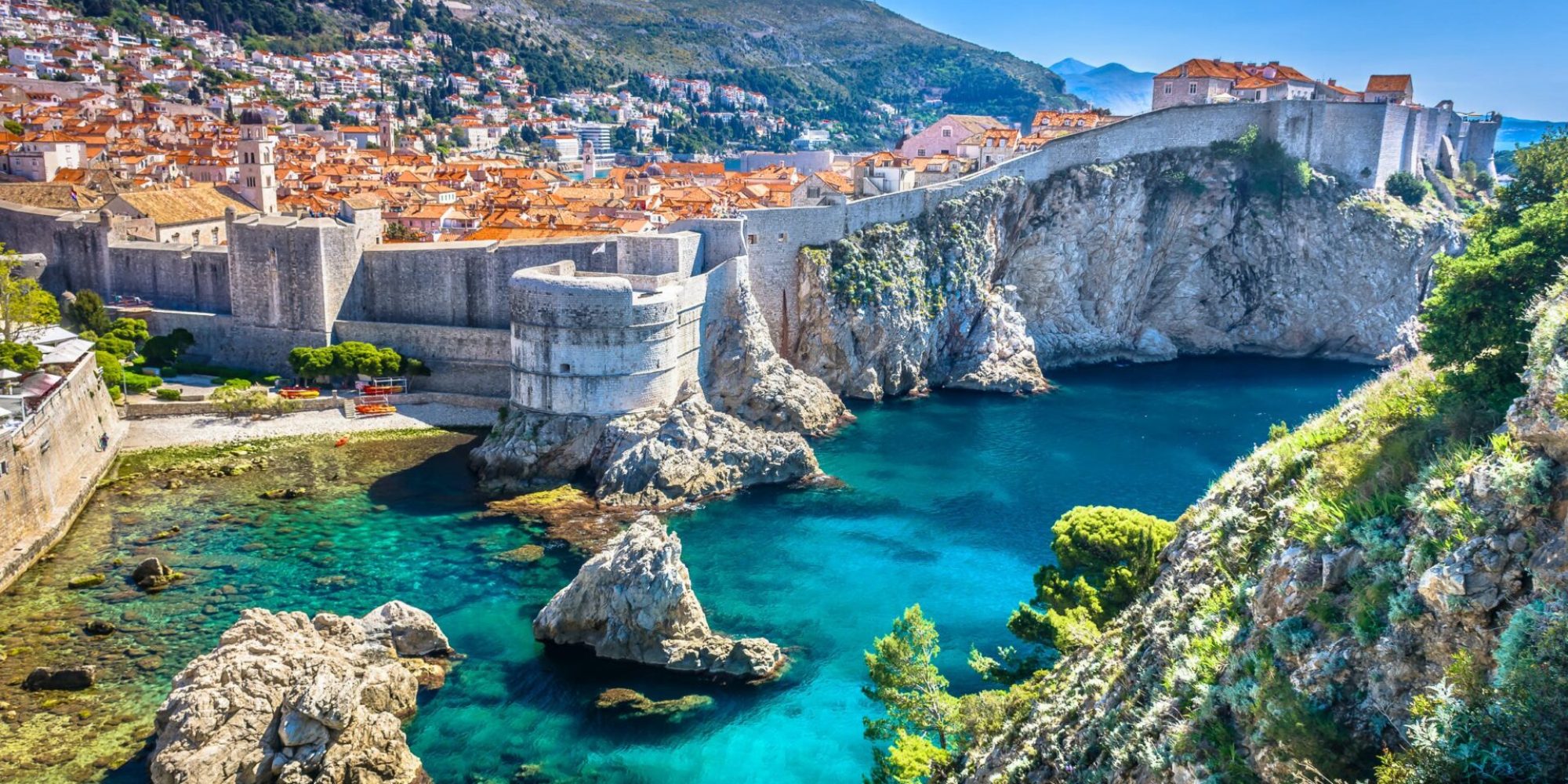
The Ancient City of Split and the Palace of Diocletian
The Ancient City of Split and the Palace of Diocletian is a UNESCO World Heritage site located in the city of Split on the Dalmatian Coast of Croatia. The palace was built in the 4th century as a retirement home for the Roman Emperor Diocletian, and it is now a well-preserved example of Roman architecture. The palace is located in the heart of the city of Split, and it is surrounded by charming streets, squares, and buildings that reflect the city’s rich history.
Things to do at the site:
- Explore the Palace of Diocletian and learn about its history and architecture
- Visit the Cathedral of St. Domnius, located within the palace, and see the tomb of Diocletian
- Take a stroll through the charming streets of the Old Town and explore the city’s many shops, restaurants, and cultural attractions
- Relax on one of Split’s many beautiful beaches and enjoy the crystal-clear waters of the Adriatic Sea
How to get there:
Split is located on the central Dalmatian Coast of Croatia, and it is easily accessible by car, bus, or boat from other major cities in Croatia, such as Zagreb, Rijeka, and Dubrovnik. The city is also well-connected to other cities in Europe by air, with frequent flights to Split Airport.
Nearby cities and attractions:
- Trogir: a charming medieval city with a rich history and beautiful architecture
- Krka National Park: a beautiful natural park with waterfalls and hiking trails
- Hvar: a charming island with beautiful beaches, a rich cultural heritage, and a vibrant nightlife
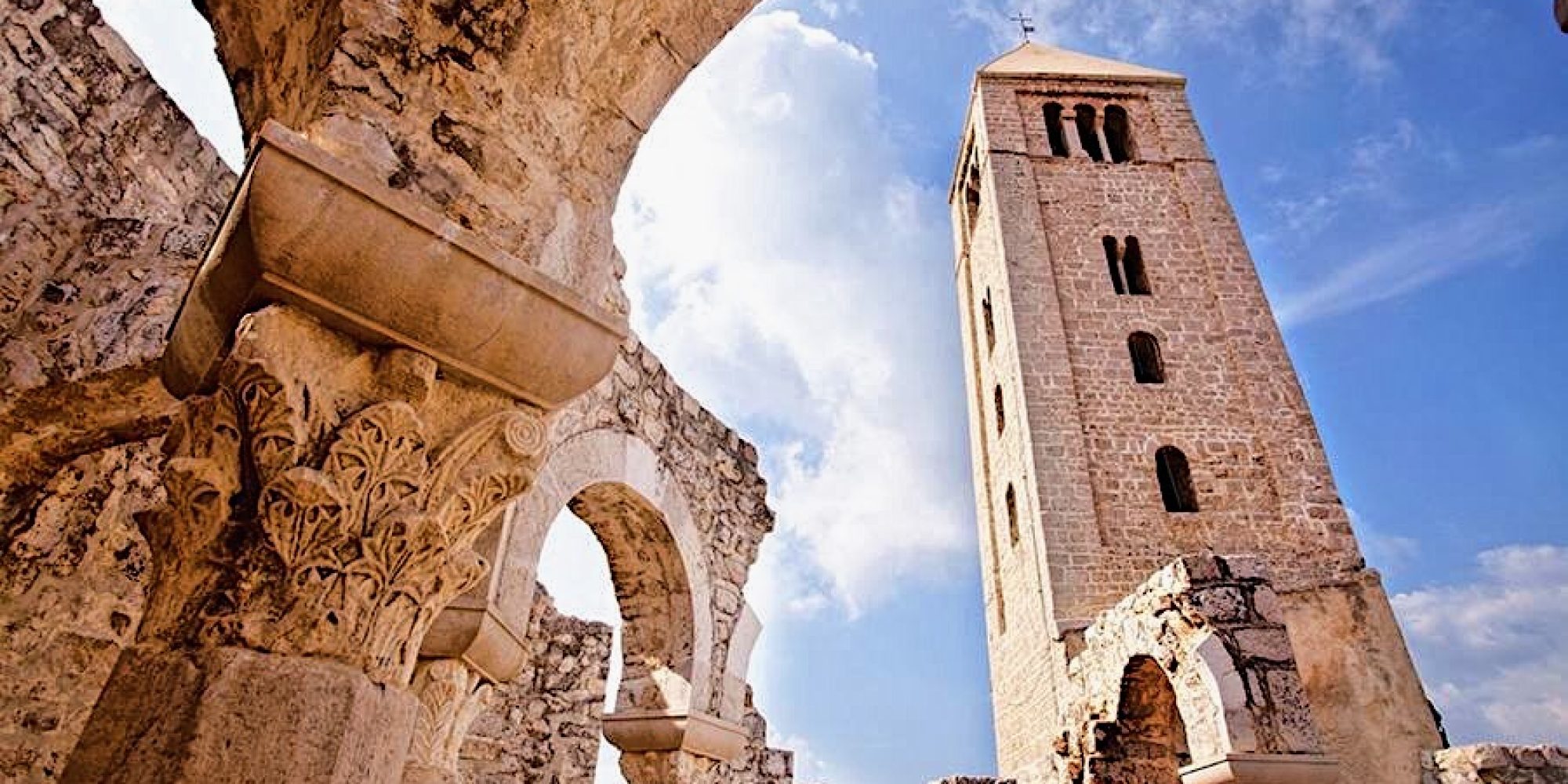
The Stari Grad Plain
The Stari Grad Plain is a UNESCO World Heritage site located on the island of Hvar in the Adriatic Sea. The plain is a well-preserved example of an ancient agro-town, with a rich history dating back to the 4th century BC. The plain is home to a number of important cultural and historical sites, including the ancient Greek Stari Grad town, the Tvrdalj castle, and the Stari Grad Museum.
Things to do at the site:
- Visit the ancient Greek Stari Grad town and learn about its history and cultural significance
- Explore the Tvrdalj castle, a Renaissance-era castle with a beautiful garden and a rich history
- Visit the Stari Grad Museum and learn about the history and cultural heritage of the region
- Take a stroll through the charming streets of the Stari Grad town and explore the local shops and restaurants
How to get there:
The Stari Grad Plain is located on the island of Hvar, which is easily accessible by ferry or catamaran from other cities on the Croatian coast, such as Split and Dubrovnik. The island is also well-connected to the mainland by a network of roads and bridges.
Nearby cities and attractions:
- Split: a historic city known for its Roman ruins and lively atmosphere
- Dubrovnik: a city with a rich history and beautiful medieval walls
- Korčula: a charming island with beautiful beaches and a rich cultural heritage
- Vis: a beautiful island with a rich history and a stunning natural environment.
Find more information about Starigrad Plain in this article.
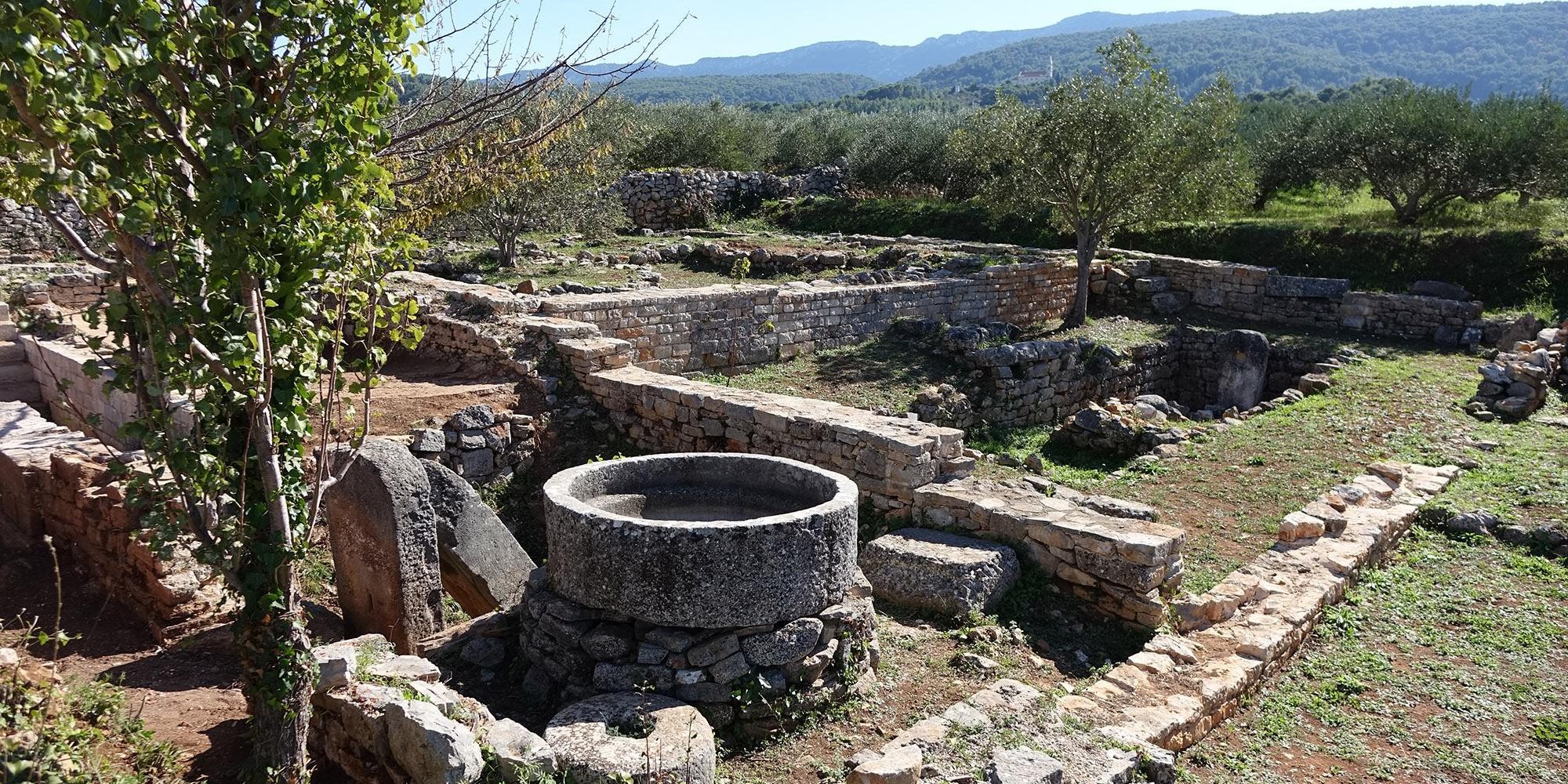
Transnational UNESCO World Heritage Sites
The following three sites are transnational, which means there are located in more countries than only Croatia.
Stećci Medieval Tombstones Graveyards
Stećci Medieval Tombstones Graveyards is a transnational UNESCO World Heritage site located in Bosnia and Herzegovina, Croatia, Montenegro, and Serbia. The site is made up of a series of graveyards that contain a large number of medieval tombstones, known as stećci, which date back to the 12th to 16th centuries. These tombstones are unique artistic and cultural artifacts, and they represent a range of styles and influences, including Roman, Byzantine, Gothic, and Islamic.
Things to do at the site:
- Visit one of the stećci graveyards and learn about the history and cultural significance of the tombstones
- Explore the nearby towns and villages, and discover the rich cultural heritage of the region
- Take a walk through the countryside and admire the stunning natural beauty of the region
How to get there:
The Stećci Medieval Tombstones Graveyards are located in several different countries in the Balkans, including Bosnia and Herzegovina, Croatia, Montenegro, and Serbia. The exact location of the graveyards will depend on which country you are visiting. The region is easily accessible by car, bus, or train from major cities in the Balkans, such as Zagreb, Sarajevo, and Belgrade.
Nearby cities and attractions:
- Sarajevo: the capital and largest city of Bosnia and Herzegovina, with a rich history and a vibrant cultural scene
- Belgrade: the capital and largest city of Serbia, with a rich history and a lively nightlife
- Mostar: a city in Bosnia and Herzegovina known for its beautiful Old Bridge and rich cultural heritage
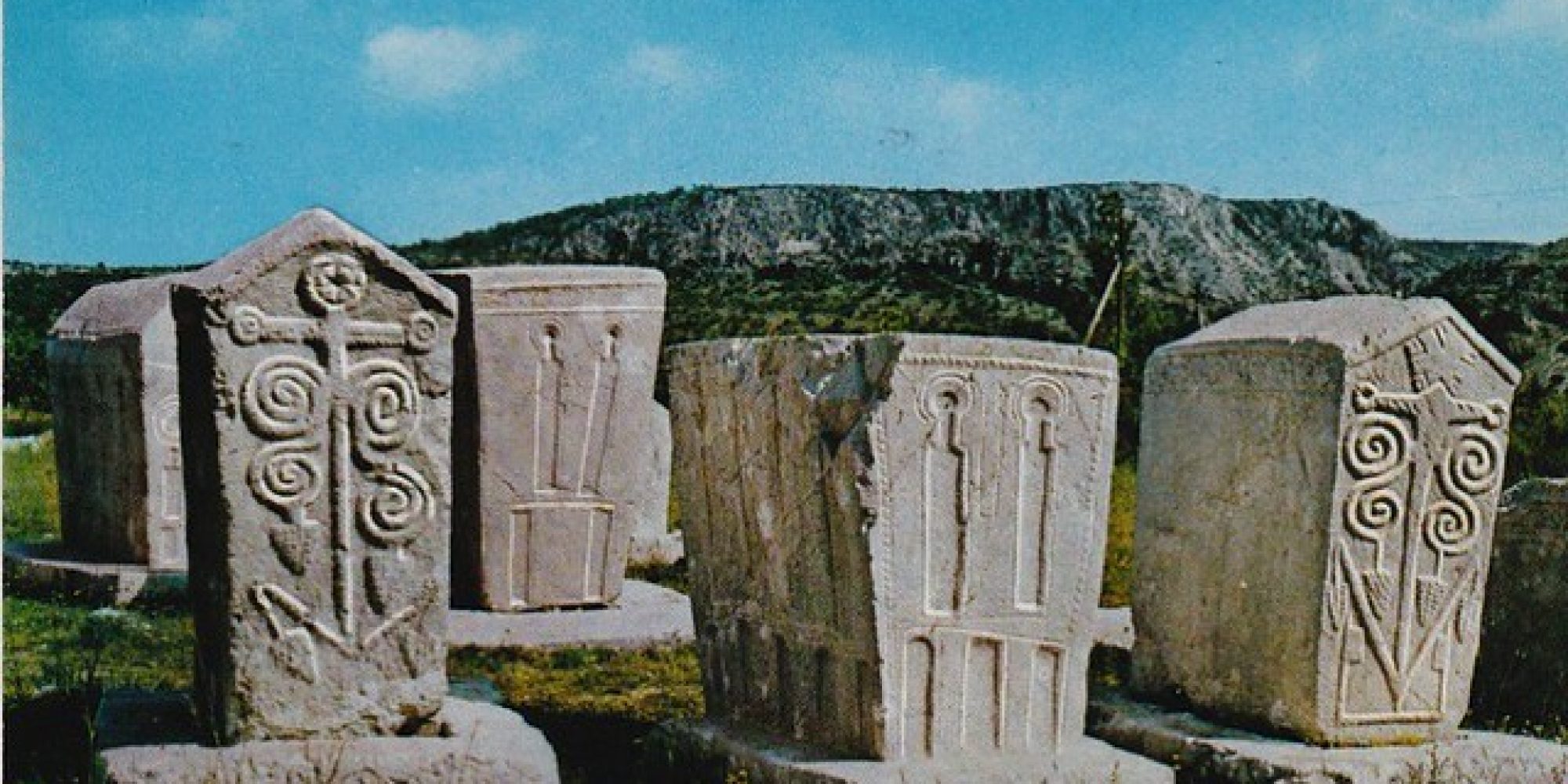
Venetian Works of Defence between the 15th and 17th centuries
The Venetian Works of Defence between the 15th and 17th centuries is a transnational UNESCO World Heritage site located in Croatia, Italy, and Montenegro. The site is made up of a series of defensive structures that were built by the Republic of Venice to protect its territory from foreign invaders. Two defensive structures are located in Croatia: the defensive system of Zadar and the Fort of St. Nikola in Šibenik. The defensive system of Zadar is a well-preserved network of walls, towers, and moats that surrounds the city of Zadar and provides protection from land and sea. The Fort of St. Nikola is a fortress located in the city of Šibenik that was used to defend the city from attacks by land. Both structures are a testament to the military engineering skills of the Venetians and are an important part of the cultural heritage of Croatia.
Things to do at the sites:
- Visit the defensive system of Zadar and learn about its history and cultural significance
- Explore the Fort of St. Nikola in Šibenik and learn about its role in the defense of the city
- Visit the nearby cities of Zadar and Šibenik and discover their rich cultural heritage
- Take a walk through the countryside and admire the stunning natural beauty of the region
How to get there:
The defensive system of Zadar and the Fort of St. Nikola are located in the cities of Zadar and Šibenik on the central Dalmatian Coast of Croatia. Both cities are easily accessible by car, bus, or boat from other major cities in Croatia, such as Split, Dubrovnik, and Rijeka. The region is also well-connected to other cities in Europe by air, with frequent flights to Zadar Airport and Split Airport.
Nearby cities and attractions
- Split: a historic city known for its Roman ruins and lively atmosphere
- Dubrovnik: a city with a rich history and beautiful medieval walls
- Plitvice National Park: a beautiful national park with waterfalls and hiking trails
- Hvar: a charming island with beautiful beaches, a rich cultural heritage, and a vibrant nightlife.
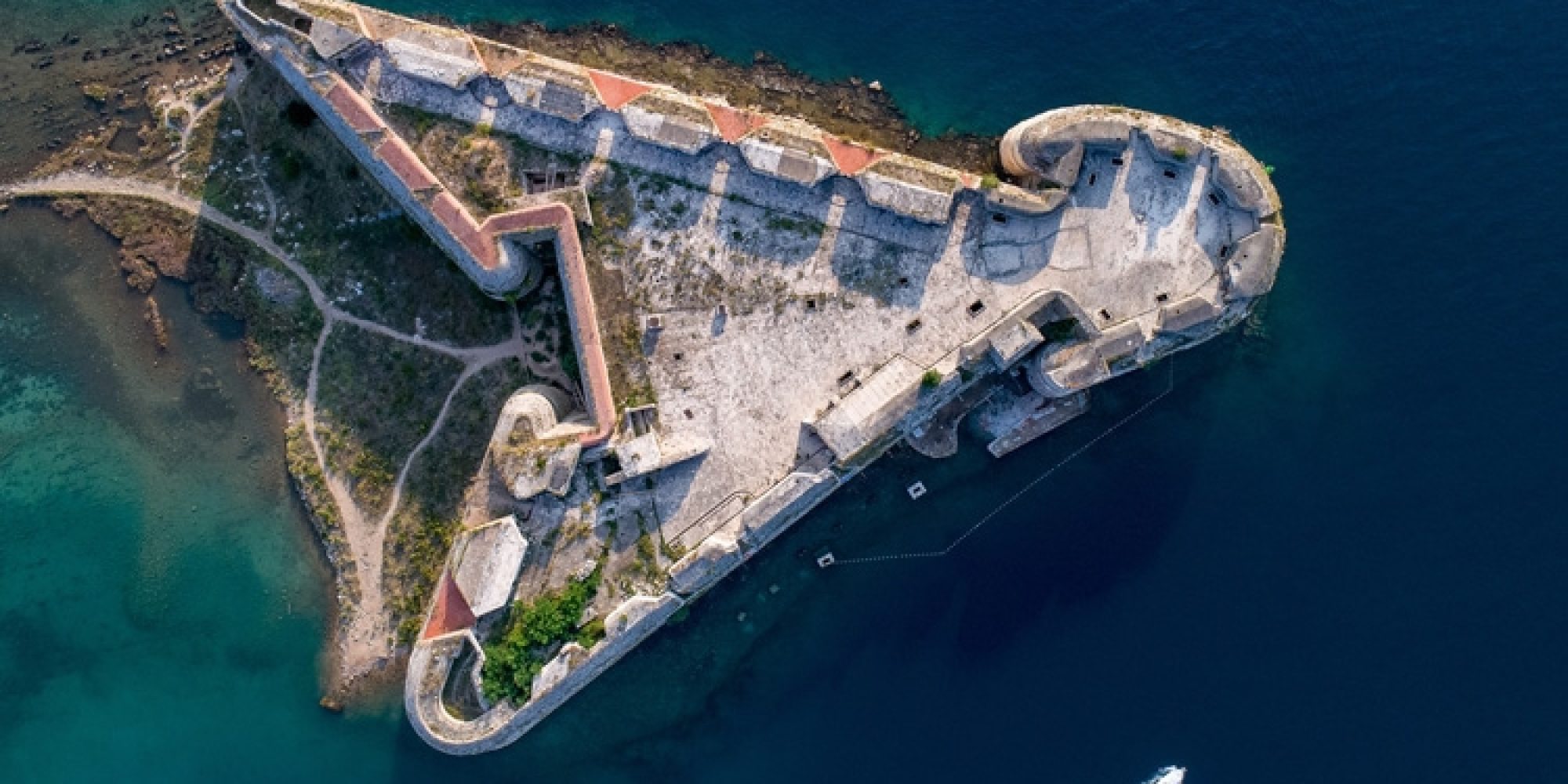
Primeval Beech Forests of the Carpathians and Other Regions of Europe
The Primeval Beech Forests of the Carpathians and Other Regions of Europe is a transnational UNESCO World Heritage site located in Albania, Austria, Belgium, Bulgaria, Croatia, Germany, Italy, Romania, Slovakia, Slovenia, and Ukraine. The site is made up of a series of beech forests that are home to a diverse range of plant and animal species, and that are an important habitat for many threatened and endangered species. The forests are a testament to the rich natural heritage of the region and are an important part of the cultural identity of the communities that live in and around them.
Things to do at the site:
- Take a hike through one of the beech forests and discover the beauty and diversity of the natural environment
- Visit a nearby town or village and learn about the cultural heritage of the region
- Explore the nearby cities and discover the rich history and culture of the region
How to get there:
The Primeval Beech Forests are located in several different countries in Europe, including Albania, Austria, Belgium, Bulgaria, Croatia, Germany, Italy, Romania, Slovakia, Slovenia, and Ukraine. The exact location of the forests will depend on which country you are visiting. The region is easily accessible by car, bus, or train from major cities in Europe, such as Vienna, Brussels, and Bucharest.
Nearby cities and attractions:
- Vienna: the capital and largest city of Austria, with a rich history and a vibrant cultural scene
- Brussels: the capital of Belgium, with a rich history and a thriving arts and culture scene
- Bucharest: the capital of Romania, with a rich history and a vibrant cultural scene.
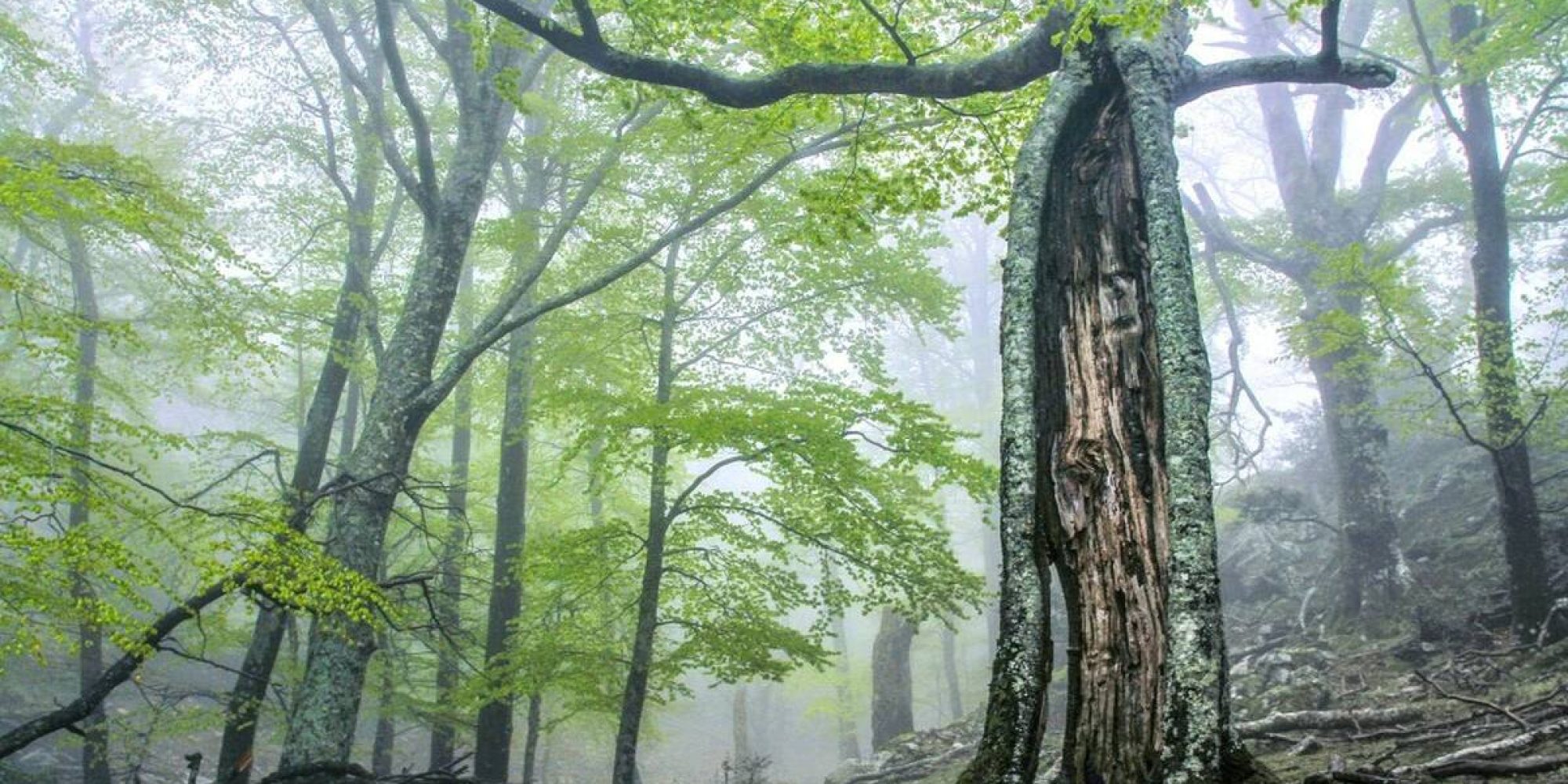
Are you in it to pin it?
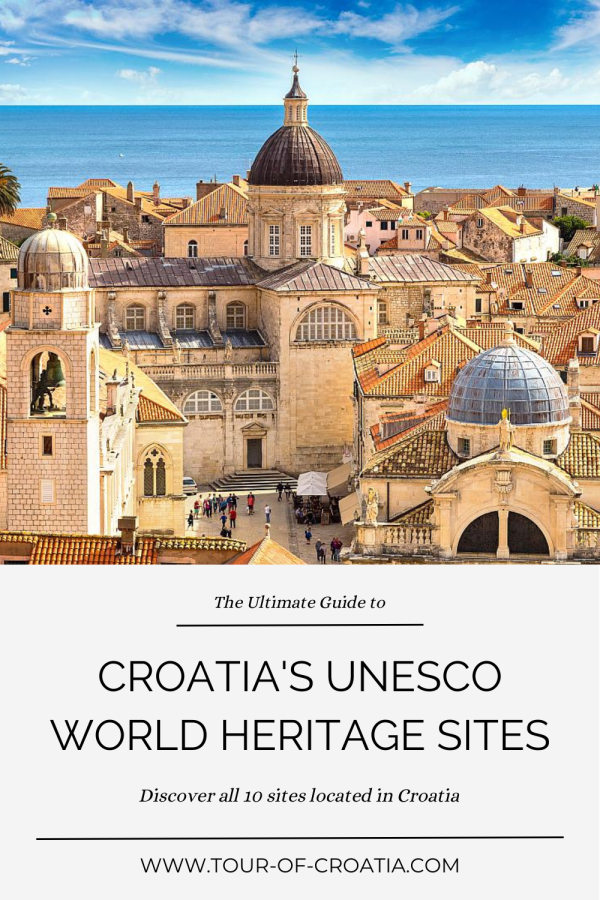
You also might be interested in…
Coming soon – Half-Day Outdoor Rock Climbing Session island Pag
Pag
Coming soon – Historical Walking Tour Days Starigrad on Hvar island
Starigrad
Coming soon – Ante’s Famous Minibus Tour – to Krka National Park
Krka
Coming soon – Climb to Medvednica nature park guided tour
Medvednica

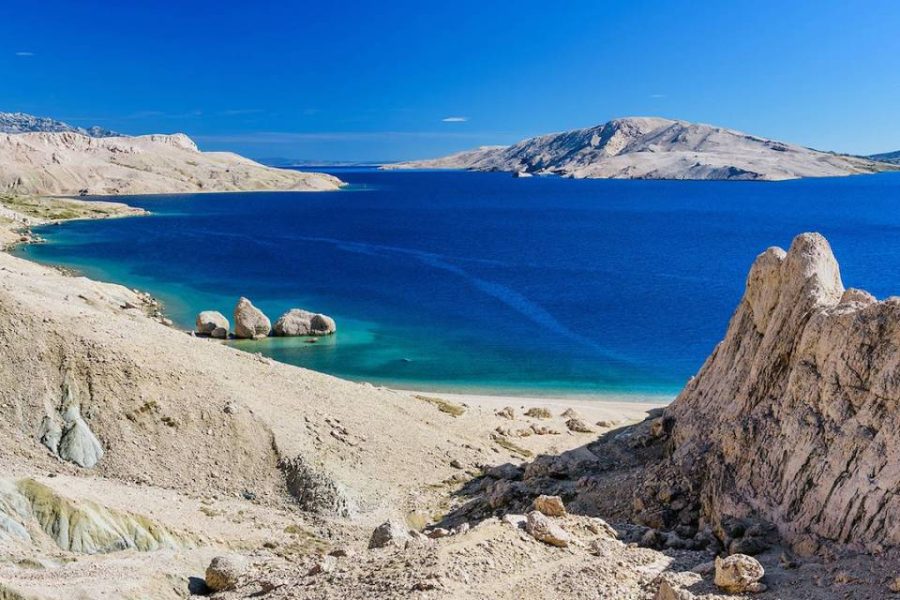
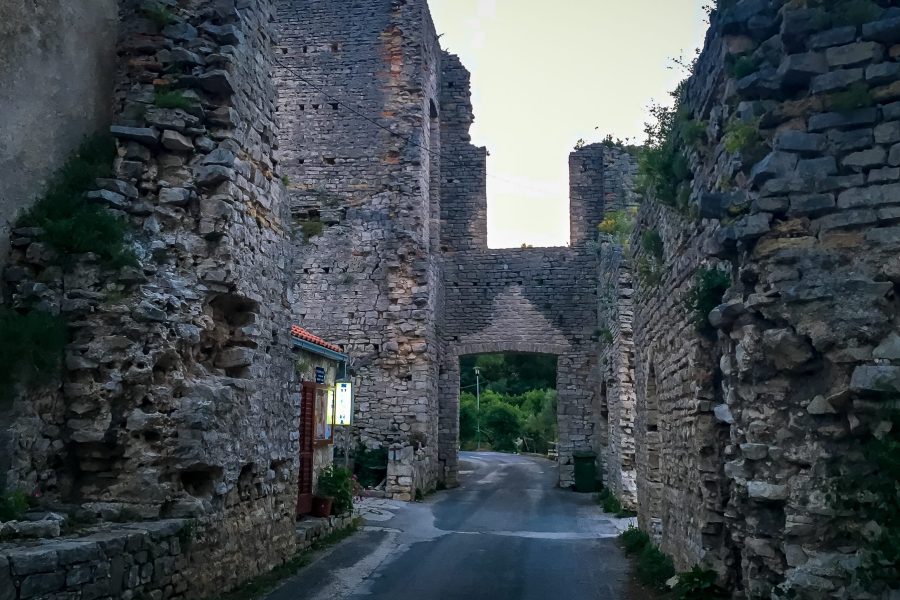
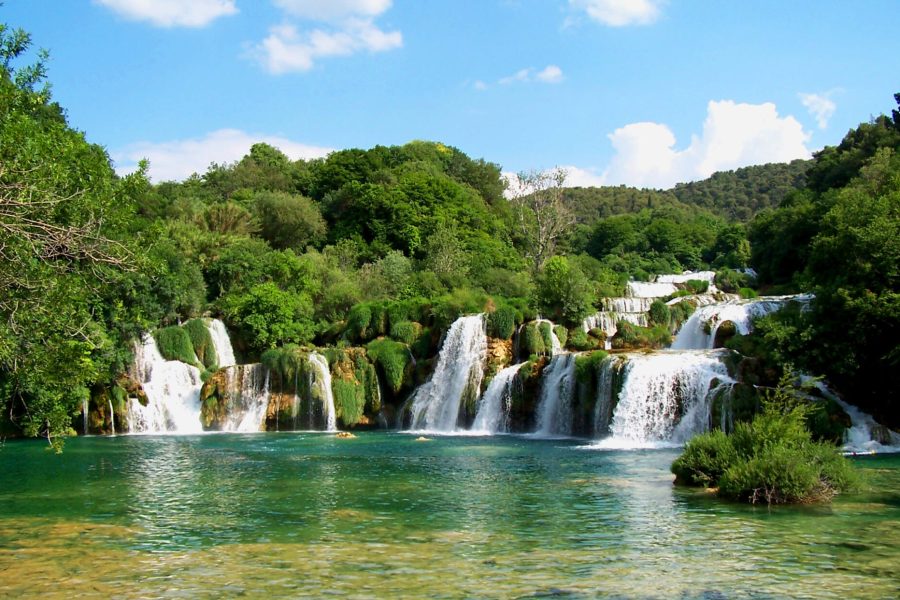
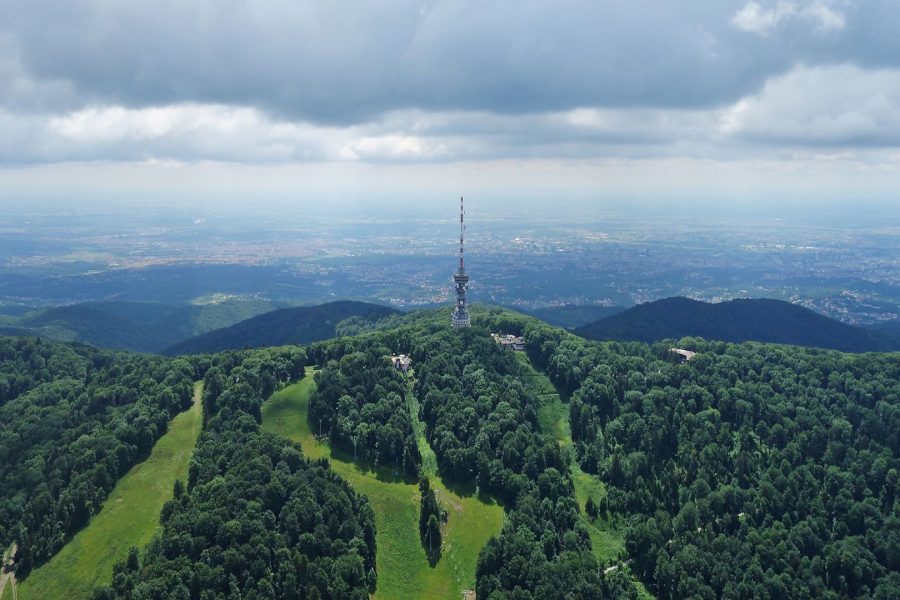

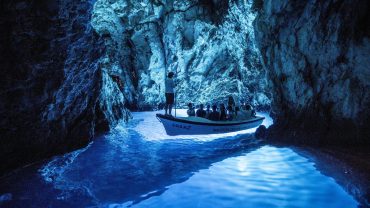

Comment (0)